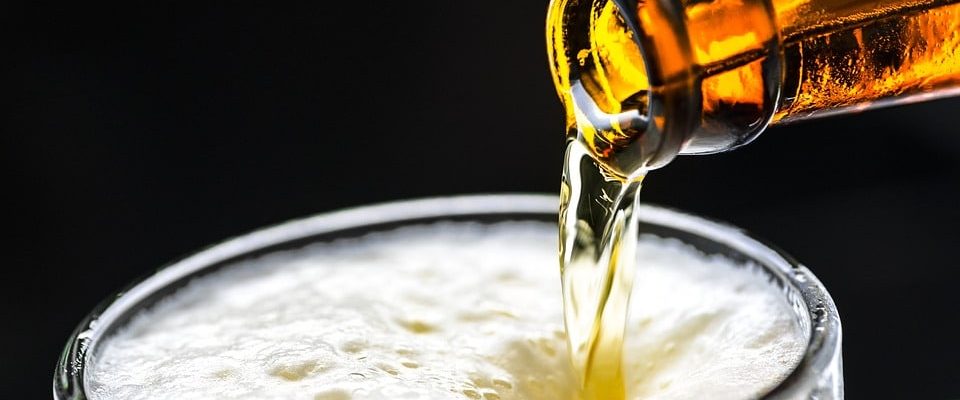The Alcohol and Tobacco Tax and Trade Bureau (TTB) is chiefly responsible for regulating beer and wine in the USA. It is responsible for maintaining certain standards, ensuring that products are correctly labeled, and enforcing certain provisions underlying the Federal Alcohol Administration (FAA) Act. Yet the requirements of the TTB are just one of several barriers to success for brewers and product manufacturers operating in the beer industry.
US brewers shipped over 207.4 million barrels of beer in 2017 alone. Recent data also shows that beer has been the alcoholic beverage of choice for more than 40% of individuals for over sixteen consecutive years[1]. This enormous market represents both an opportunity and a significant challenge for brewers. New products must break into a market saturated with some of the most recognized brands on the planet and retain customer interest by delivering a drink that consistently meets their expectations.
One of the primary ways to quantitatively ensure batch-to-batch consistency with regards to beer flavor and smell is to subject products to routine lab testing. This may be conducted against a reference standard, or beers can be deformulated to detect and quantitatively recover undesirable compounds that impact quality.
Lab Testing: How is Beer Deformulated?
Product deformulation refers to any method used to separate the individual constituents of a material and identify them in isolation from one another. These lab testing techniques can be used to detect and quantify unknown elements or contaminants within a product formula that might mitigate market certifications.
To quantitatively recover compounds that are known to impart specific undesirable qualities to a beverage, the product must first be spiked with the contaminant at known concentrations. Jordi Labs has performed this highly-specialized form of lab testing for India Pale Ale (IPA) products using Dynamic Headspace Gas Chromatography Mass Spectroscopy (DHGCMS). This equipment was engineered for trace level volatile analysis with quantitation levels down to the parts per trillion (PPT) level. It uses a gradual heating and continuous purging of samples through an adsorbent filter that retains compounds of interest before transporting them to the mass spectrometry chamber.
This method of lab testing confirmed the ability to quantitatively recover compounds known to affect the flavor and smell profile of IPA: benzaldehyde which imparts an almond-flavor; and trans-2-nonenal which gives an unpleasant cardboard-like taste.
In a unique case study, Jordi Labs demonstrated the potential for detecting unwelcome compounds in beer matrices at levels as low as 50 parts per billion (ppb). This was compared to an analysis of IPA that had not been spiked and overlaid on a detailed chromatogram representing peaks of abundance as a function of time. Similar peak profiles albeit with significant divergences in magnitude were displayed across both chromatograms, proving the quality of results acquired through DHGCMS.
Lab Testing with Jordi Labs
Jordi Labs specializes in the performance of innovative lab testing for a broad range of consumer products. We are equipped to perform bespoke tests with a selection of cutting-edge analytical equipment. If you would like to read more about our consumer product lab testing capabilities, read our previous blog post: E&L Testing: Comparing Leachables in Tea.
Alternatively, you can read the full case study of Deformulating Beer to Improve Taste, or contact us directly if you have any specific questions.
[Source: NBWA]





